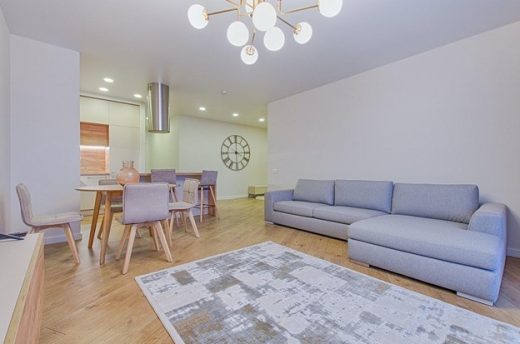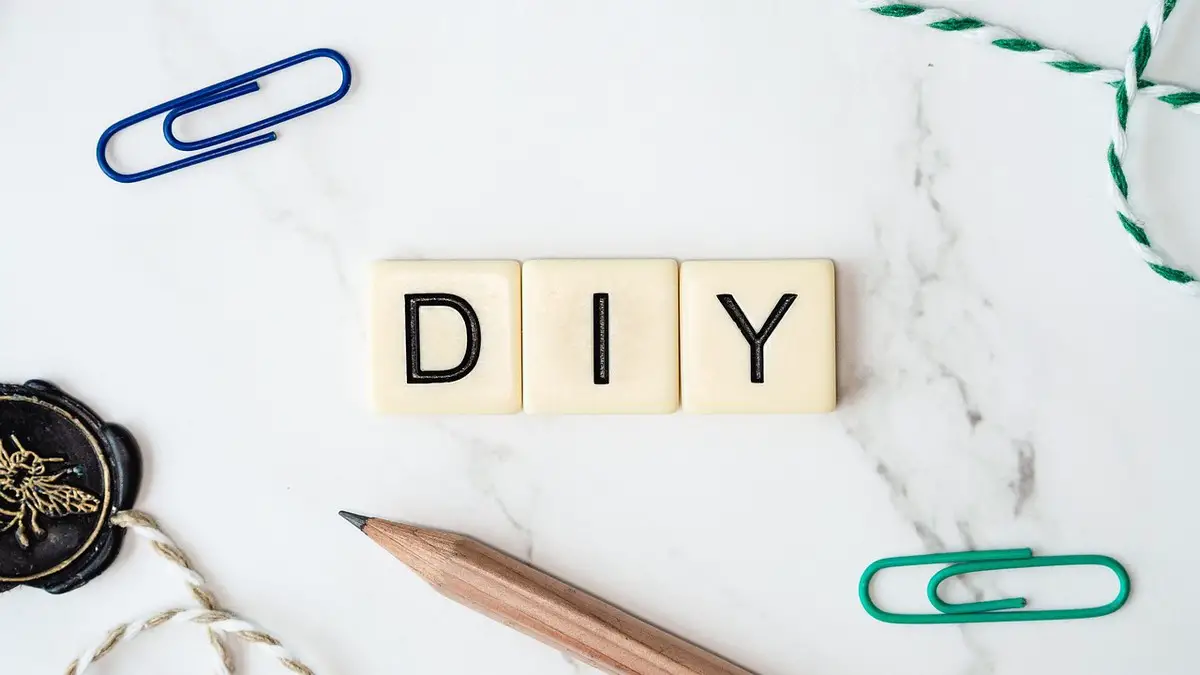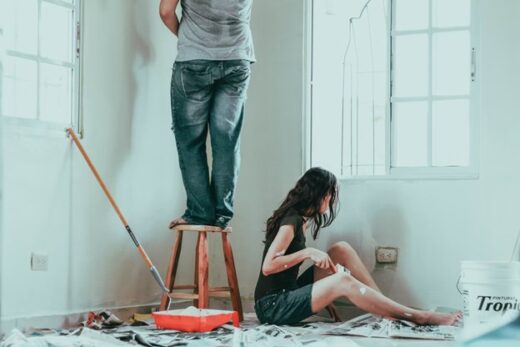Budgeting tips for a new home improvement project guide, Online property renewal design advice
Budget Tips for New Home Improvement Project
22 June 2023
Home improvement projects can increase the functional utility of your home while simultaneously boosting its value. But they can also be expensive and difficult to manage. How do you choose an appropriate budget for your next construction or renovation project?
How to Appropriately Budget for Your Next Home Improvement Project
Two Starting Approaches
There are two different viable starting approaches: you can either start this process with a specific home improvement project in mind, or, if you’re undecided on what type of project you want, you can start with a budget.
- Start with a project. If you already have a list of potential home improvement projects you might want to tackle, you can start this process by figuring out which projects are most important to you. For example, you might be excited to add an outdoor kitchen to your property. Once you know the project and crunch the numbers, you should be able to figure out whether it financially makes sense.
- Start with a budget. If you don’t know what type of home improvement project you want to do, starting with a budget can be advantageous. If you have a strict upper limit of spending only $5,000, for example, you probably won’t be able to tackle a full kitchen renovation.
Analyze Your Personal Finances
No matter what, you’ll need to spend some time analyzing your personal financial situation. How much money do you have in savings? How much money do you make every month and how much extra do you have left over at the end of each month? How much debt do you currently have?
If you’re in a bad financial position, it may not make sense to do any home improvement projects. If you have no savings, you’re deeply in debt, and you’re struggling to stay afloat, home improvement should be the last thing on your mind. On the other hand, if you have substantial savings and relatively high earnings, you can probably afford a wide range of different home improvement projects.
Either way, you should estimate an amount of money that you’d feel comfortable spending and something that isn’t strictly necessary.
Get Quotes
Once you have a loose grasp on how much you can spend, you should start gathering information on how much you should spend. If you plan on tackling this project yourself, hit up some home improvement stores and start calculating the costs of the materials and tools you’ll need to do the project.
Otherwise, you’ll need to solicit quotes from multiple contractors.
- Get referrals. Personal referrals are one of the best ways to find reputable contractors, so ask around and see if any friends, family members, or neighbors can recommend someone for this specific job.
- Provide specifics. You’ll get much more detailed, accurate quotes if you provide as many details as possible about the upcoming project. Err on the side of giving too much information.
- Account for credibility. Just because a contractor has the lowest quote doesn’t mean you should pick them. You also need to account for credibility and reliability, so make sure you read reviews and testimonials associated with their work.
- Ask for details. When you receive quotes, ask for a breakdown. Sure, the project might cost $10,000, but how much is materials? How much is labor?
Once you have a few quotes, you’ll have a great idea of how much this project is going to cost.
Estimate the ROI
Every home improvement project is going to carry a different return on investment (ROI). This should also factor into your affordability equation. If a project has an ROI of 100 percent, it will increase the value of your home by the same amount you spend on it. In other words, a $10,000 home improvement project can increase the value of your home by $10,000.
This “perfect” ROI is very rare; in most cases, you won’t totally make your money back. But you can preferentially choose projects with higher ROI, so you can justify spending more on them.
Expect the Unexpected
Finally, adopt a mindset that allows you to expect the unexpected. Home improvement projects rarely go exactly as planned, and if you’re not careful, they can easily go over budget. During the planning process, estimate your costs as conservatively as possible, assuming that there will be snags and wrinkles that increase expenses when the project is in progress. This can help insulate you from any unanticipated developments that might otherwise compromise your budget. Why not take on external house painters.
With these strategies, you should be in a position to allocate an appropriate budget for your next home improvement project – and choose the best project for your current financial situation. With experience, this process will become easier and more intuitive, so try not to be intimidated if your first foray into home improvement is financially or logistically challenging.
Comments on this guide to Budgeting tips for a new home improvement project article are welcome.
Home Design
Home Improvement Design and Real Estate Posts
Designing tips for home interior guide

Home Improvement Design
Practical home improvement tips
9 budget home improvement ideas for architects
10 Mistakes To Avoid When Investing In Real Estate
Property
Residential Architecture
Comments / photos for the Budgeting tips for a new home improvement project advice page welcome







